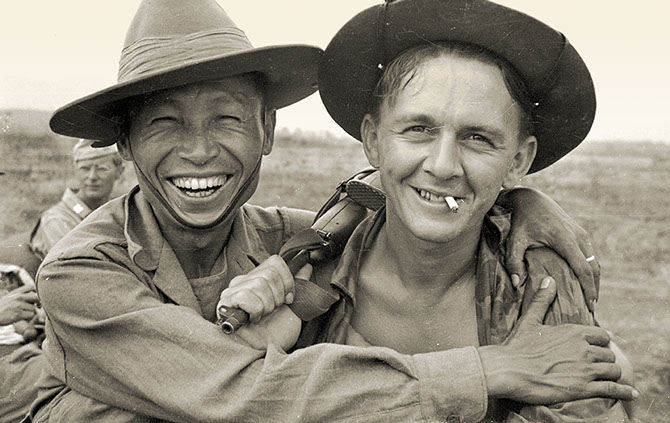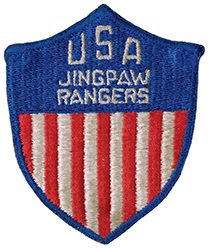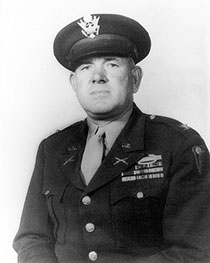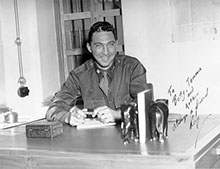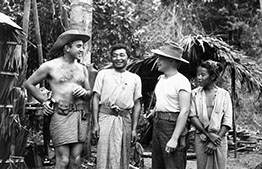Detachment 101’s mission in Burma was to collect intelligence on enemy order of battle, find targets for the 10th Air Force, rescue downed Allied aircrews, and to recruit native troops—mostly ethnic Kachins—to serve as guerrillas. Activated on 22 April 1942 under the command of Colonel Carl F. Eifler, Detachment 101 was the first Special Operations (SO) unit formed by the Coordinator of Information (COI), the predecessor to the OSS. Detachment 101’s operations supported a combined operations campaign that earned the unit the reputation as “the most effective tactical combat force in OSS.” For its distinguished contributions to the war in the Far East, Detachment 101 was awarded the Presidential Unit Citation.
Burma was in the resource-starved China-Burma-India area of operations, a backwater compared to other theaters. OSS observers recognized, however, that “the Burma Campaign is probably not going to be the big show, but it is the ‘going’ show.” In 1943, Detachment 101 launched a series of long-range penetration operations by airdrop—the first done by OSS. However, it was their highly successful overland penetrations behind Japanese lines that enabled them to expand their operations. In 1944, led by Colonel William R. Peers, Detachment 101 established themselves firmly in the CBI by conducting “all operations which they [conventional forces] are not prepared to undertake.” Detachment 101 was a force multiplier in the first major Allied success in northern Burma, the capture of Myitkyina. They cut enemy lines of communication, ambushed Japanese troops, and provided scouts and guides for Merrill’s Marauders and the British Chindits. Detachment 101 then assisted Allied units, like the MARS Task Force, as they advanced south. A sub-element, the Arakan Field Unit (AFU) supported the British 14th Army in its campaign to recapture the Burmese coast enroute to Rangoon. After the fall of the Burmese capital, Detachment 101 elements from north Burma were tasked to perform a more conventional role. As the only U.S. ground forces, they used their guerrillas to clear the Shan States and to block the flight of Japanese forces to Thailand.
At the end of its operations in July 1945, Detachment 101 was credited with 5,500 known Japanese killed. Fewer than 30 Americans and 184 native soldiers were killed, and only 86 native personnel were captured or missing in action. At its busiest time, Detachment 101 had nearly 9,200 guerrillas under arms. Detachment 101 is the OSS element that most closely mirrors the mission and capability of today’s Army Special Forces Group.
